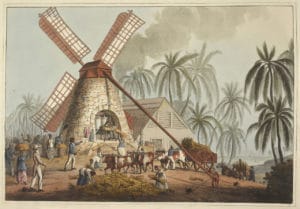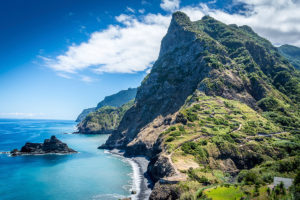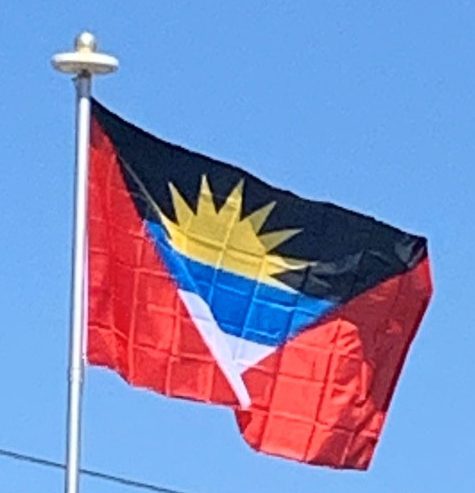
During the 18th century, Antigua was used as the headquarters of the British Royal Navy Caribbean fleet. English Harbour Dockyard, as it came to be called, a sheltered and well-protected deep-water port, was the main base and facilities there were greatly expanded during the later 18th century. Admiral Lord Horatio Nelson commanded the British fleet for much of this time, and made himself unpopular with local merchants by enforcing the Navigation Act, a British ruling that only British-registered ships could trade with British colonies. As the United States were no longer British colonies, the act posed a problem for merchants, who depended on trade with the fledgling country.
Political Development:
Poor labor conditions persisted until 1939 when a member of a royal commission urged the formation of a trade union movement.
The Antigua Trades and Labour Union, formed shortly afterward, became the political vehicle for Vere Cornwall Bird who became the union’s president in 1943. The Antigua Labour Party (ALP), formed by Bird and other trade unionists, first ran candidates in the 1946 elections and became the majority party in 1951 beginning a long history of electoral victories.
Voted out of office in the 1971 general elections that swept the progressive labor movement into power, Bird and the ALP returned to office in 1976.
Ethnicity and Social Class:
Behind the late 20th century reviving and re-specifying of the place of African-Antiguans and Barbudans in the cultural life of the society, is a history of race/ethnic relations that systematically excluded them. A colonial framework was established by the English soon after their initial settlement of Antigua in 1623.
Mixed-race relationships and later immigration resulted by the late 19th century in the emergence of five distinct and carefully ranked race/ethnic groups. Among themselves, there were divisions between British Antiguans and non-creolized British.
Immediately below the British, were the mulattoes, a mixed-race group resulting from unions between, generally, white European males and enslaved African women, many of which took place in the years before the expansion of enslaved African population. Mulattoes were lighter in shade than the masses of Africans. Some white fathers had their sons educated or trained in crafts. They sometimes benefited them in other ways, which led to the development of a separate class. Mulattoes gradually distinguished themselves from the masses of enslaved Africans. They developed complex ideologies of shade to legitimate their claims to higher status. These ideologies of shade paralleled in many ways British ideologies of white supremacy.

Next in this hierarchy were the Portuguese 2500 of whom migrated as workers from Madeira between 1847 and 1852 because of a severe famine. Many established small businesses and joined the ranks of what was by then the mulatto middle class. The British never really considered Portuguese as their equals, so they were not allowed into their ranks. Among Portuguese Antiguans and Barbudans, status differences move along a continuum of varying degrees of assimilation into the Anglicized practices of the dominant group.
